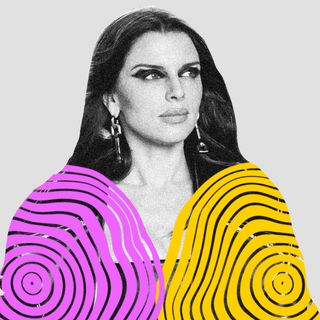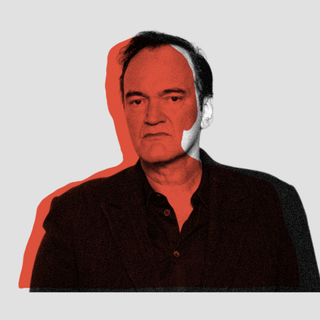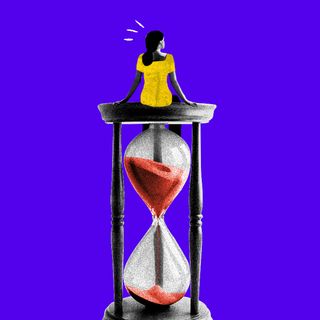Yesterday, the European Space Agency (ESA) announced its first “parastronaut” — a disabled astronaut — who will join a crew of 17 recruits undergoing astronaut training. British Paralympic sprinter John McFall will take part in a feasibility study, so the ESA can better understand and build capacity for disabled astronauts to live and work in space, according to Reuters.
The announcement comes amid conversations about science and tech’s accessibility for disabled people. This isn’t the first time a disabled person was involved in space flight. In 2007, Stephen Hawking traveled on a zero gravity flight — this was followed, last year, by a crew of scientists with mobility, vision, or hearing disabilities traveling on a similar parabolic flight. These are missions designed as part of ongoing efforts globally to achieve greater accessibility in space flights — making McFall one of the first few who will actually get to go to space, as a result.
But the ESA’s Parastronaut Feasibility Project is not without its faults. A commentary in Science notes that in the fine-print, the program is limited to people with lower-limb disabilities alone. “By not including a range of disabilities, ESA is discounting the potential of people with disabilities, ignoring the fact that disabilities are in great part barriers imposed by society,” it stated.
Efforts to be “inclusive” may then be short-sighted — as they don’t fundamentally change how we approach scientific exploration through an exclusionary lens. Instead, accessibility should be seen as something that benefits everyone.
Related on The Swaddle:
Disability Rights Activists Oppose ‘Discriminatory’ Clause in Nursing Schools
“Nasa is doing a disservice to humanity and also to astronauts themselves by not considering inclusion upfront. When you get a group of people with diverse abilities together the sum is greater than the parts… We need to get away from thinking of this as that which is done in excess. These are necessary considerations that we simply haven’t been making yet,” Sina Bahram, who was part of the crew that traveled in a zero gravity flight in 2021, told BBC.
Disabled scientists have long called out the ableism within STEM communities. One critique is that science tends to treat disability accommodations as “inclusion” — in the process, they’re missing out on the unique abilities that disabled people can bring to the table. There are several ways that disabled astronauts can do things that able-bodied people can’t. Someone with a prosthetic can sense a spin in the craft through a vibration in their prosthetic without having to look, for instance. And, in another instance, where accounting for visual impairment would have helped: one astronaut’s visor flooded with liquid that irritated his eyes in the middle of a space-walk, threatening his life. Tactile supporting equipment to help navigate despite this would have helped — showing how accessibility isn’t merely an “extra” provision, but a core issue that can enhance and better protect everyone.
It can, arguably, even help improve the quality of data. Wanda Diaz Merced is an astronomer at Cape Town’s International Astronomical Union’s Office of Astronomy for Development. She’s blind, but through a process called sonification, she not only gets to study the cosmos at par with anyone else, but arguably even better. “You see better when you use sound,” she said. Sonification is a technique that scientists are using in oceanography as well.
The idea of opening up field exploration in space to disabled astronauts, then, still has a long way to go in terms of addressing the fundamental gaps in its framework. Space isn’t accessible to anyone, in the end, if it isn’t accessible to everyone.




